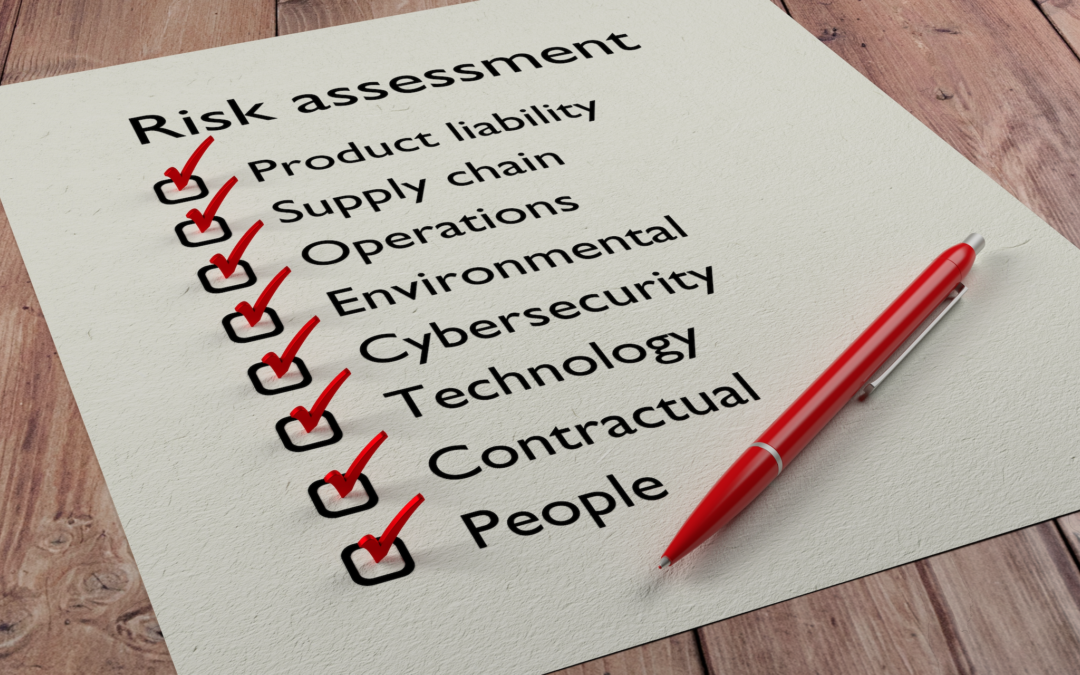
Business Continuity Planning
Business Continuity Planning


Get In Touch With Us >>



Get In Touch With Us >>

One of the services that I am frequently asked to conduct is a cybersecurity audit, to which I ask a series of questions, including:
If any of the above raises concerns, a cybersecurity assessment is an essential first step to ensure your organisation maintains digital security. An audit may not be required in this instance. An assessment would be beneficial when your organisation has no Information Security Management structure, whereas an audit would be suitable for a fully mature cybersecurity programme.
As technology continues to revolutionize our lives, the importance of cybersecurity has become increasingly essential. Organizations have started adopting measures to ensure their data is secure and protected from malicious actors. This includes conducting assessments and audits to identify vulnerabilities and potential threats in their information systems. But what is the difference between a cybersecurity assessment and an audit?
Cybersecurity assessments, also known as gap analysis, focus on identifying existing vulnerabilities within an organization’s infrastructure or system. This kind of evaluation involves testing technology, business and human processes to ascertain if they are resilient enough to withstand cyberattacks. The goal of this type of assessment is to identify potential threats and provide recommendations to improve the organization’s security posture.
On the other hand, a cybersecurity audit is more in-depth as it examines how an organization is currently managing its assets. A comprehensive audit should cover factors such as system architecture, access control, authentication practices, data encryption standards, patch management processes, and network security. It should also include a review of the risk analysis and treatment programs along with the business impact analysis, continuity and disaster recovery plans. An examination of policies and procedures and security awareness training should be included. An audit aims to provide an independent review of the organization’s cybersecurity practices and assess whether they are in line with industry standards, regulatory requirements, and best practices. With this practice, you can experience the same reliability as if having an outside expert review your financial standings.
Providing potential clients with reliable cybersecurity advice can be challenging when they lack awareness of the necessary best practices. Unfortunately, this is often due to misinformation regarding assessment and audit frameworks that give a false sense of protection without adhering to comprehensive safety standards. It’s important for companies seeking auditing services to recognize what an assessment and audit entail, as well as understand the scope of associated timeframes and costs – otherwise, their cybersecurity will remain vulnerable.
Once you have familiarized yourself with the differences between a cybersecurity assessment and an audit, it’s time to select the right provider for your organization. Do some research online to find providers that specialize in providing these services and read testimonials from their past clients. To ensure the best possible outcome, enlisting an unbiased third-party professional to conduct a fact-based report is your best bet. Don’t leave it up to chance – make sure you have all the right answers!
Your internal IT team or service provider may be experts in their chosen field, however, there are often external elements that must be considered for the best cybersecurity program. From compliance with government legislation and regulation to human resources considerations, your organization can benefit from control over a wide range of factors impacting strategic objectives.
Please check our resources page for guidelines and a checklist to help you determine whether you need an assessment or an audit. Knowing which of these your business requires can save you time and money and provide you with the right information to make informed decisions.
Tom Hartley is a certified ISO 27001 Cybersecurity Lead Auditor, Lead Implementor, and Internal Auditor. He is also an ISO 22301 Business Continuity Lead Implementor.
GOVERN performs independent cybersecurity assessments, audits, and implementation services and has a track record of helping businesses implement the right cybersecurity solutions. We provide comprehensive and impartial assessments to organizations in need of a thorough look at their digital security operations, either as part of an internal audit or before making a risky investment. This helps guarantee that your organization is compliant with global standards and regulations, reducing the chances of a cyberattack.